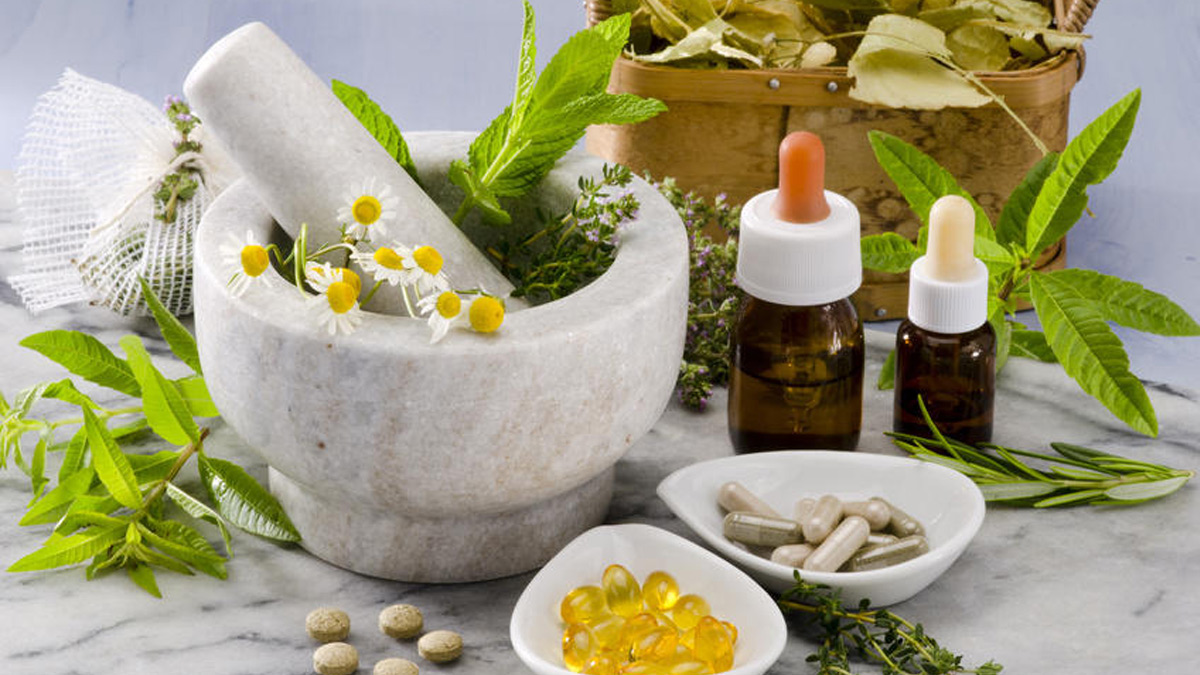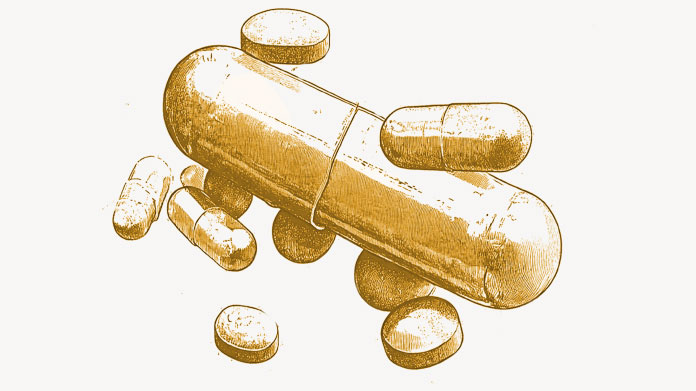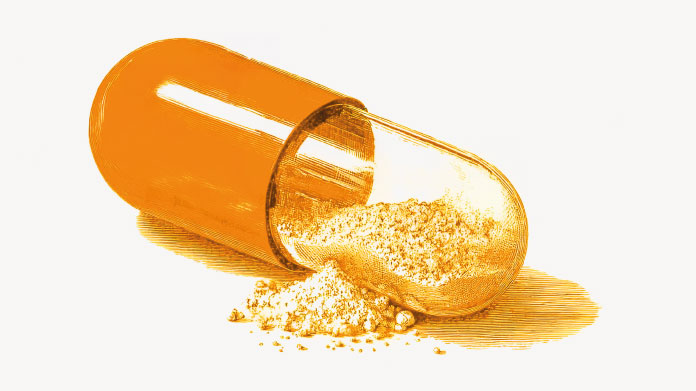Four alternative medicines to discover
Gentle, alternative, fringe … all these adjectives are used to describe non-conventional medicine. Here we take a closer look at the origins and principles of four well-known forms of alternative medicine.

Phytotherapy – harnessing the power of plants
As its name suggests, phytotherapy is the use of plants for preventive or curative purposes. While it has enjoyed a revival in recent years, phytotherapy is actually one of oldest forms of traditional medicine. Indeed Hippocrates, the ‘Father of Medicine’, was extolling its virtues several thousand years ago.
A number of scientific studies have since confirmed the efficacy of phytotherapy and identified powerful phytonutrients such as petasin and isopetasin. These active compounds are found in the plant butterbur (Petasites hybridus) which has antispasmodic, analgesic, anti-inflammatory and anti-allergy properties. Perhaps better known are polyphenols such as resveratrol. Found in many fruits including grapes and apples, such polyphenols are also powerful phytonutrients with antioxidant properties and protective effects.
Aromatherapy - providing the benefits of essential oils
A gentle form of alternative medicine, aromatherapy is considered a sub-category of phytotherapy. It is uniquely based on the use of essential oils extracted from medicinal plants. Obtained by distillation, these essential oils are concentrated liquids containing active principles that are naturally beneficial to health. As they are so highly concentrated, however, they need to be used with caution.
Certain medicinal plants are available in the form of both essential oils and powders, the latter being used primarily in dietary supplements. However, these extracts tend not to share the same characteristics and properties. One such example is cinnamon. Its leaves are distilled to obtain an essential oil with an anti-infection effect, while its bark is ground to a powder for use in various dietary supplements such as Carbo Defense.
Ayurvedic medicine – promoting a balance between body, mind and spirit
You’ve no doubt come across Ayurveda, or Ayurvedic medicine. Recognized as a traditional medicine by the World Health Organisation, it has been used in India for over 5000 years. A gentle form of medicine, it takes a holistic, ‘mind and body’ approach to health and well-being. It is based on the three life forces, or ‘doshas’, called Vata, Pitta and Kapha. According to the founding principles of Ayurveda, an imbalance between these three energies is what leads to the development of disease.
This form of alternative medicine advocates various methods of prevention for maintaining the balance between these doshas, including yoga, Ayurvedic massage and Ayurvedic treatments. The latter are based on medicinal herbs such as gymnema sylvestre and powerful natural remedies such as the legendary detoxifier triphala.
Traditional Chinese medicine for harmony of energy flows
Traditional Chinese medicine is based on a state of harmony between the body’s energy flows. With a tradition of use dating back thousands of years, this ancient form of alternative medicine focuses on maintaining a healthy flow of Qi, which according to Chinese tradition, is the fundamental force that makes up everything in the universe. Any blockage or impairment to Qi means an imbalance in energy flows which is harmful to our health.
In order to maintain or restore the harmony of energy flows, traditional Chinese medicine uses various methods such as acupuncture, massage, energy exercises and medicinal herbs. The Chinese pharmacopoeia is thus one of the richest in the world, featuring many adaptogen plants including ginseng and astragalus, which help improve the body’s ability to withstand certain stress factors and imbalances.
Keywords
9 Days
A Product worth waiting for when not…
A Product worth waiting for when not available and then arriving as a surprise!
DOMINIC
11 Days
On time shipping
On time shipping
GEORGE Verne
13 Days
Ordering was easy and the product was…
Ordering was easy and the product was delivered with no problems. Appreciated that I was notified when it would arrive. Thanks!
MascarC
18 Days
Great customer service - responsive …
I ordered from them and my item was unavailable for sometime. I was super happy when they reactivated my order and shipped my item which arrived very quickly. Great customer service.
Ruth Rueter
19 Days
Super fast shipping
Super fast shipping
Donald Borling
22 Days
Reputable companysearch and the number of…
The research and the number of selection of products.
NAKHJAVAN Shervin
35 Days
The Anti Aromatase is a great product
The Anti Aromatase is a great product. You just need to have constant inventory. Recently this product has been out of stock.
GEORGE Verne
37 Days
Great help on chat
Great help on chat. Knowledgeable and friendly.
Jason Argos
40 Days
Customer service was fast and friendly.
Customer service helped to stop the transaction process of the subscription. I appreciated that.
Greenie
41 Days
I order here due to the high quality of…
I order here due to the high quality of the products and the quick delivery of items - thank you
Barbara J
42 Days
SuperSmart's Eye Pressure supplements: highly recommended!
I purchase SuperSmart's Eye Pressure supplements regularly for over 5 years, and gotta say they are truly a wonderful product for my Glaucoma. Highly recommended if you have eye pain from your Glaucoma.
D. Martinez
47 Days
Quick service
Quick service
MONELL
47 Days
Speedy service.
Speedy service.
ROSENTHAL Marvin
51 Days
Clear website- Efficient
Clear website. Excellent search engine and fast delivery!
Mohamad Hussein
53 Days
They have great products.
They have great products.
Vickie



